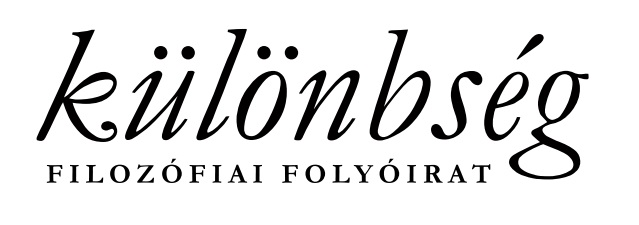Context and object
DOI :
https://doi.org/10.14232/kulonbseg.2010.10.1.3Résumé
The semantic structure of demonstrative and indexical linguistic signs encodes the subject’s ties to reality. These are statements that one can understand without knowing the spatial and temporal coordinates of the subject or the object, or any of their descriptive content. These challenging semantic features make them the target of 20th century language philosophy. On the one hand, the classical notion of meaning becomes untenable because it packs into one single entity the concepts of cognitive value, proposition, and propositional attitude. On the other hand, indexes play a part in the Kripke-Putnam turn that disrupts the unity of imaginability, modality and meaning.
Téléchargements
Téléchargements
Comment citer
Földes, T. (2012). Context and object. KÜLÖNBSÉG (Difference), 10(1). https://doi.org/10.14232/kulonbseg.2010.10.1.3
Numéro
Rubrique
Hilary Putnam - Nyelv, Referencia, Jelentés





